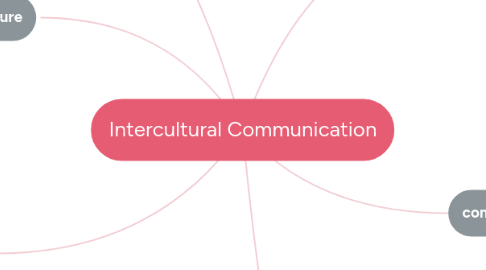
1. identities
1.1. mechanisms
1.1.1. classification
1.1.2. stereotype
1.2. types
1.2.1. personal, role, relational, social
1.3. groups
1.3.1. in-group
1.3.2. out-group
1.3.3. reference group
2. research methodologies
2.1. emic
2.1.1. participant observation
2.1.1.1. observation strategy
2.1.1.2. field-note techniques
2.1.2. in-depth interview
2.1.2.1. 4 stages of rapport process
2.1.2.2. types of questions
2.1.2.3. practicalities
2.1.2.4. photo-elicitation
2.1.3. digital ethnography
2.1.4. ethics
2.2. etic
2.2.1. cultural dimensions (hofstede)
2.2.2. high and low context cultures
3. media and culture
3.1. media and otherness
3.2. diasporic and community media
4. culture
4.1. definition
4.2. elements
4.2.1. ideas, values, attitudes, norms
4.2.1.1. beliefs (belief systems and world view)
4.2.2. material objects
4.2.3. behaviours
5. communication
5.1. verbal communication
5.1.1. language as a system of meanings
5.1.2. pragmatics
5.1.3. hybrid/mixed languages
5.1.4. conceptual metaphors
5.2. non-verbal communication
5.2.1. channels
5.2.1.1. kinesics, haptics, proxemics, oculesics, paralinguistic
5.2.2. elements
5.2.2.1. gestures and emblems
5.2.2.2. emotions
5.2.3. importance
